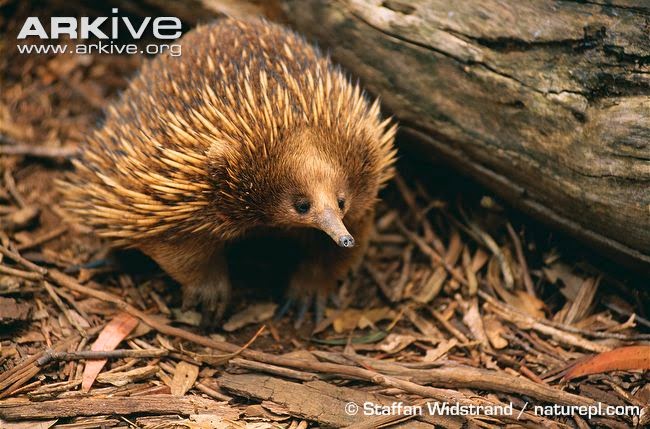Breast Milk & Baby Spit

Last summer Angela Garbes interviewed me for an incredible essay “ The More I Learn About Breast Milk, The More Amazed I Am .” A subject we discussed was one of those things you can’t unlearn: Baby Spit Backwash. During the interview, I emphasized that the specific "baby saliva triggers immunofactors to increase in breastmilk" remains a hypothesis. But key links in this pathway have been empirically demonstrated: Artwork by Kd Neely 1) Moms increase the concentration of some immunofactors in breastmilk when babies are sick (but moms are not) (Hassiotou et al. 2013; Breakey et al. 2015). 2) When babies suckle, nipple diameter increases and there is a vacuum with negative pressure, delivering fluids from the infant oral cavity — a cocktail of milk and saliva— back into the ducts of the breast. For the record the technical term for "baby spit backwash" is "retrograde milk flow" ( Geddes et al. 2008; Geddes 2009; Geddes et al. 2012; Ramsey et al....



